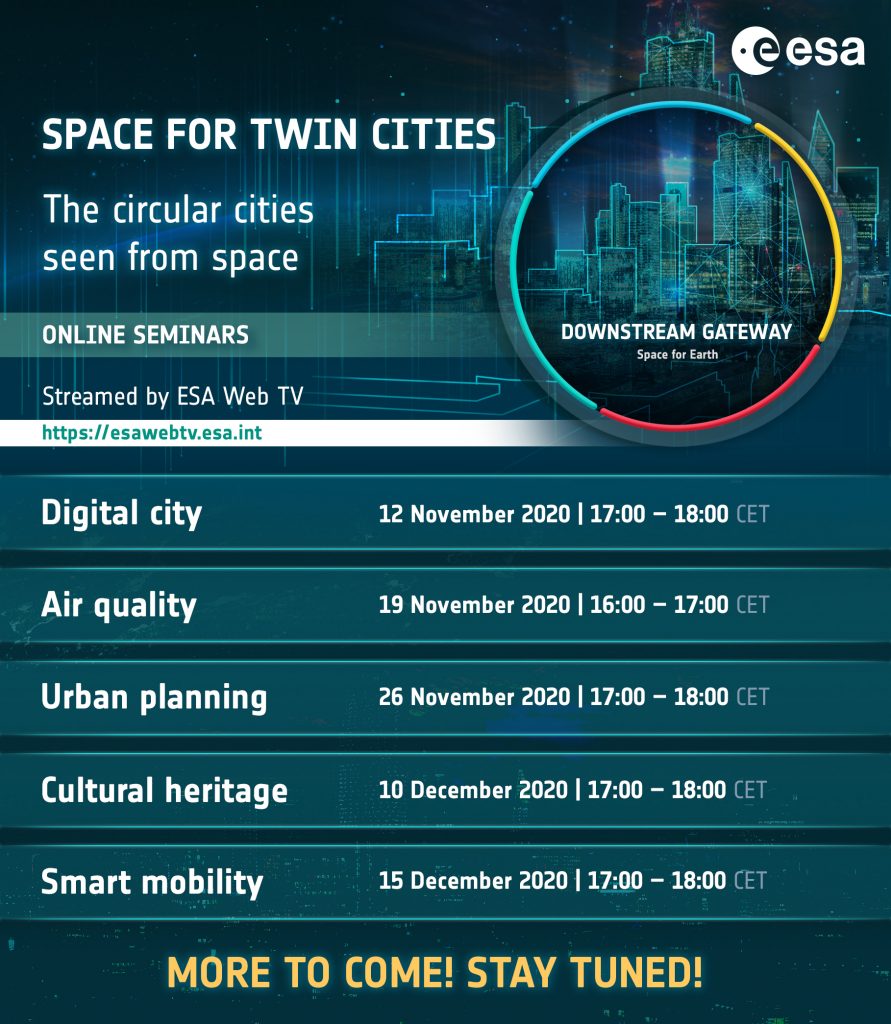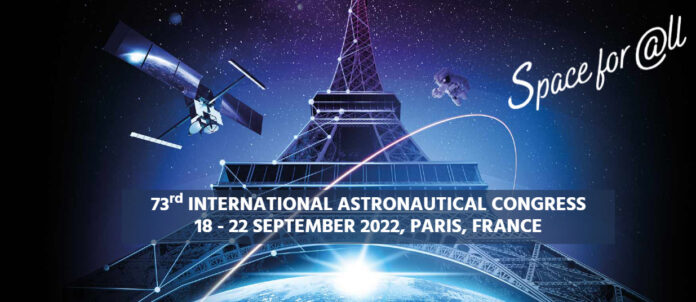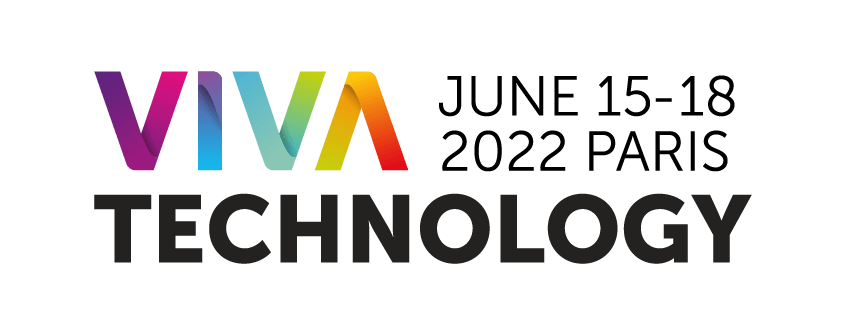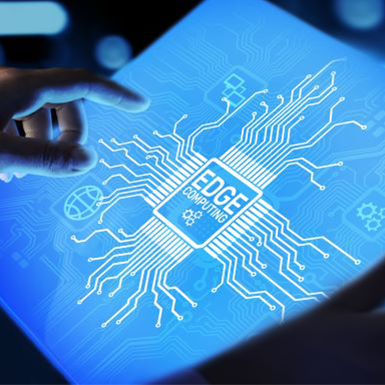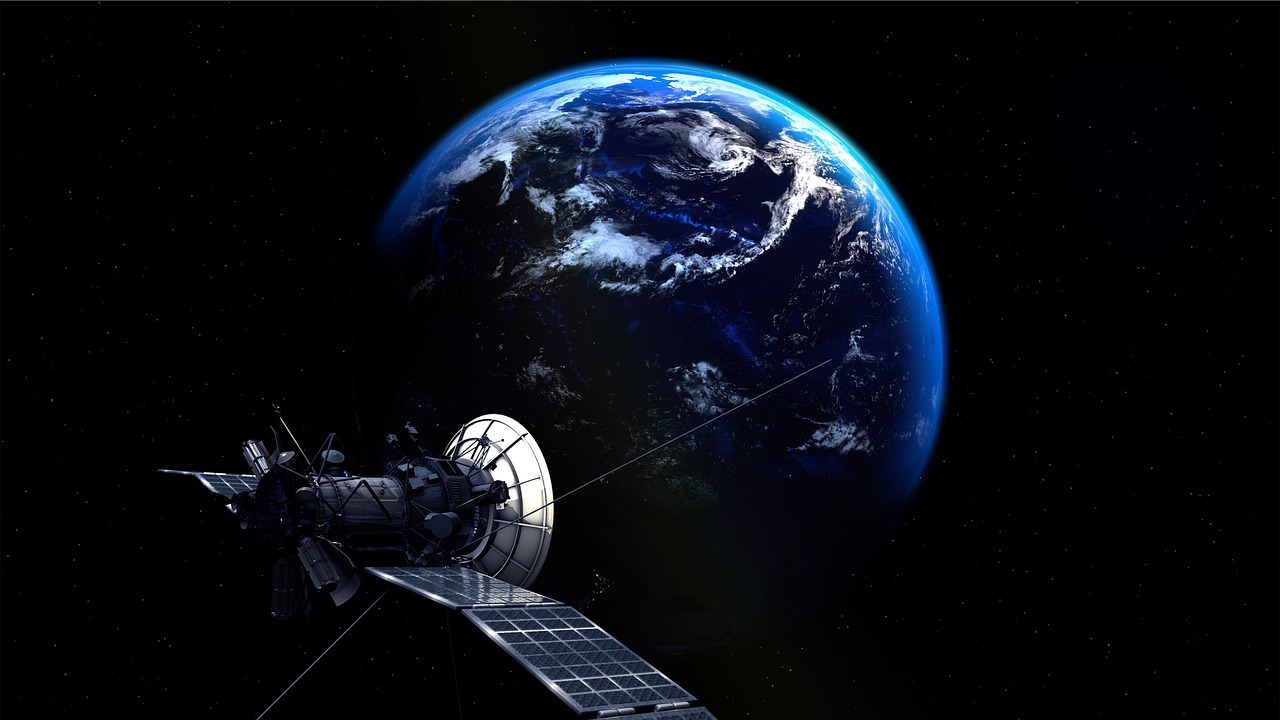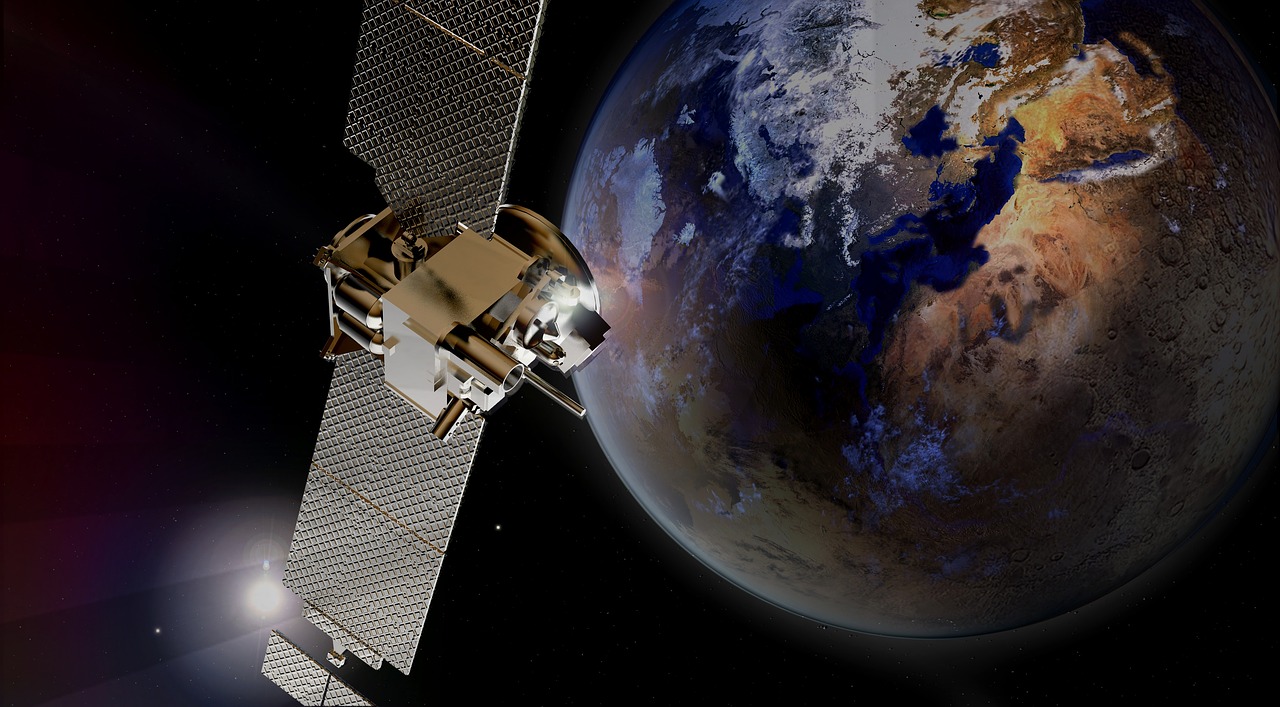Smart Urbanization in all areas is done with a clear focus on the climate change challenges. The global challenge to reduce the greenhouse gas emission to zero by 2050 ( European Green Deal) or remove them from the air implies a series of mitigation actions adopting new technologies, improving efficiency of older equipment and protecting natural carbon sinks. Five sectors account for over 90% of gas emissions: energy, transport, agriculture, industry and the built environment. Those sectors are equally strategic in the smart cities ecosystem. Global Events, like the Paris 2024 Olympics, entail new business opportunities. They drive the attention on climate change challenges; increase the awareness on waste management, efficient energy systems, smart buildings, urban forestry, focus on renewable energy and on smart transport policy. In fact, the Paris 2024 will endeavor to be the first Games fully aligned with the Paris Climate Agreement and the Olympic Village will be a showcase of sustainable development with low carbon and eco-designed buildings, using 100 per cent renewable energy and having a zero waste policy strategy. In this context, the use of space assets is beneficial in many areas like smart mobility, air pollution monitoring, waste management, urban planning, urban agriculture managing etc. In green building, the use of space data can support surveying sustainable friendly locations for site selection, mapping natural resources to include in building’s design, tracking off-site pre-fabricated modules of green buildings to construction site and mapping thermal insufficient buildings. The use of Artificial Intelligence combined with Earth Observation multi-spectral satellite data and SAR data, in-situ surveys and forest growth models can provide a service (available on Desktop or mobile devices) aimed at providing consistent and statistically reliable information on urban forests, to monitor natural and planted forests growth and forest losses due to human activities or to natural phenomena (see MAFIS project).
Currently, most smart city models provide solutions in silos and are not interconnected. The future is moving toward providing for integrated solutions that connect all verticals under a single platform. Internet of Things (IoT) is already paving the way to allow for such solutions. Deploying sensors for city-wide data acquisition across the city to continuously measure various city parameters real time will be crucial for cities of the future. The IoT enables ordinary objects, e.g. household appliances, to use the Internet to become smarter. This allows them to collect data and connect to other devices to make everyday tasks easier and more efficient. The COVID-19 pandemic also highlighted the need of evolving towards an enhanced digitalisation in the HealthCare, Education and Working systems. IoT is set to have the most impact on industries in the future, as most devices will soon be able to collect or process data and be controlled remotely. In this context, space data and assets combined with in-situ data are an important enabler.
In the smart city context, safety and cybersecurity are hot button issues, in both the public and private sector. Cybersecurity is a key enabler for the development of data-driven services and ubiquitous connectivity (network or satellite). The complexity of city’s systems interdependencies, globally connected social, economic and political sub systems has increased the vulnerability of a city’s security. The cyber threats are magnified as infinite supply of data (including satellite-transmitted data) become integral to a wide array of operations and services.
